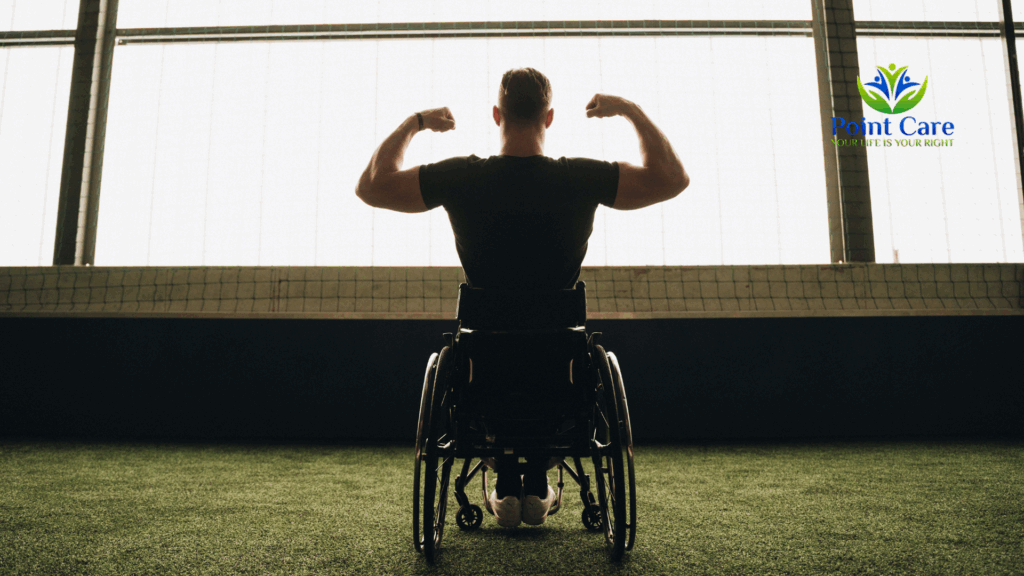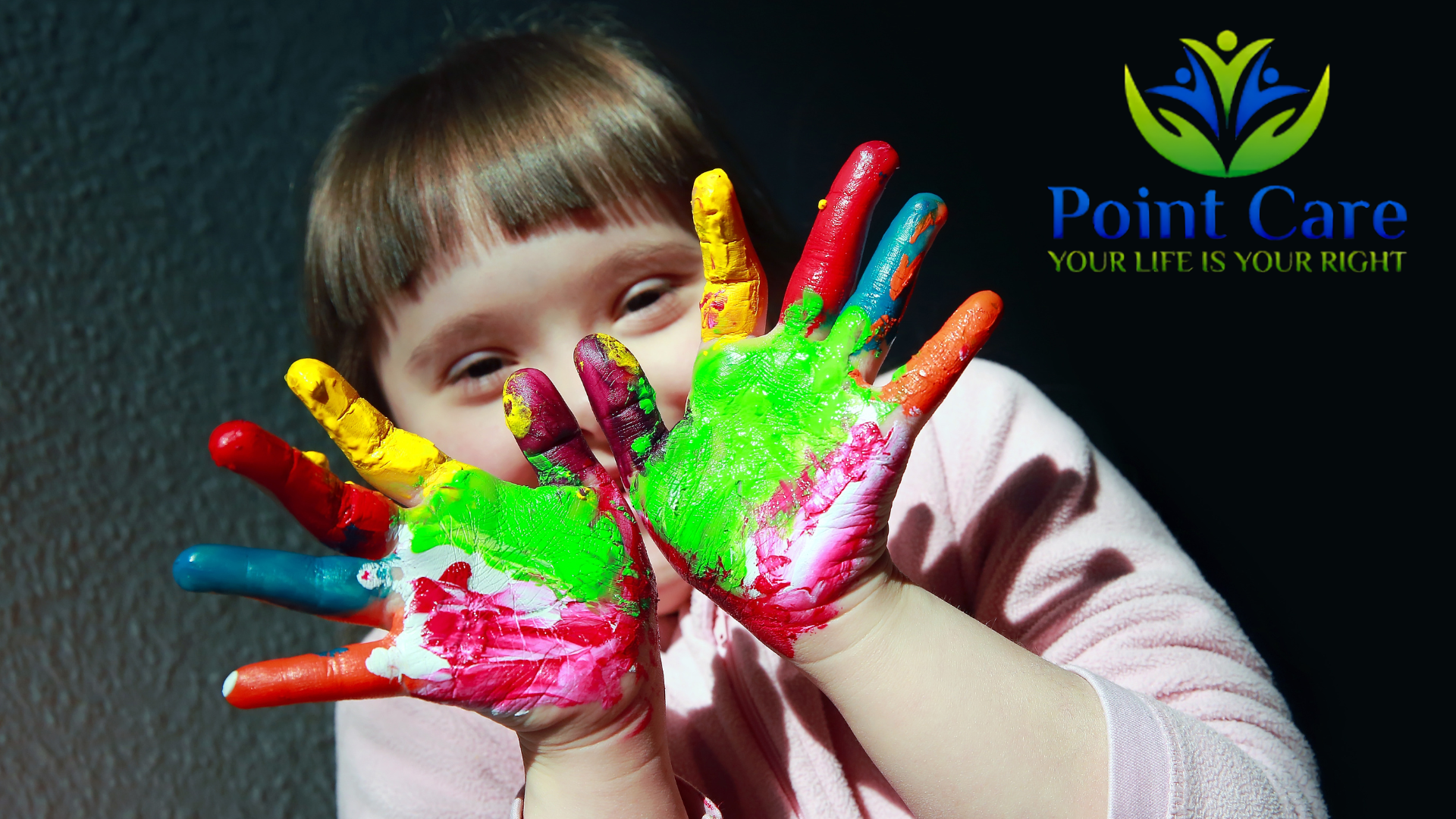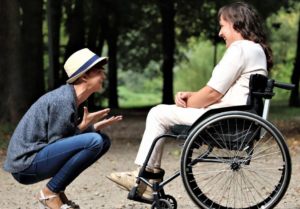From friendships to new skills, here are 5 ways NDIS community participation boosts confidence for people with disabilities, and how SIL housing supports independence.
Confidence Grows Through Community Participation
Community participation NDIS programs aren’t just about “getting out of the house.” They are a powerful way to build confidence, independence, and life skills.
At Point Care, we see how participants thrive when they combine community activities with the right supports, including Supported Independent Living (SIL housing).

Social isolation is a challenge many people with disabilities face. NDIS community participation helps participants connect, make friends, and feel included.
👉 Point Care Insight: In 2024, 79% of participants in our Rockhampton and Bundaberg social groups reported feeling more confident after just three months.
Confidence boost: Friendships and belonging reduce loneliness and strengthen self-esteem.
Classes, workshops, and programs aren’t just fun — they teach transferable skills like cooking, budgeting, and communication. These skills build independence in everyday life.
👉 Point Care Practice: Many of our SIL housing NDIS participants join community activities that also support daily living skills, giving them confidence at home and in the community.
Confidence boost: Every new skill proves “I can do this.”
Community participation NDIS programs are built on choice and control. Participants choose which activities to join, when, and how often — boosting their confidence in decision-making.
👉 Point Care Data: 68% of our participants reported feeling more confident about making decisions in other areas of life, including housing choices such as SIL.
Confidence boost: Making choices builds trust in yourself.

Confidence doesn’t just come from big successes. It builds through small wins like finishing a workshop, volunteering, or joining a sports team.
Confidence boost: Small wins add up to lasting growth.
Active participation is linked to stronger mental health. People in NDIS community participation programs often report:
- Less anxiety and depression
- Improved outlook and motivation
- More engagement in everyday life
👉 Point Care Data: 74% of participants in our Queensland programs reported improved mental health after six months.
Confidence boost: When mental health improves, people are more likely to believe in themselves.
FAQs: NDIS Community Participation & SIL Housing
What activities count as community participation NDIS?
Anything that connects participants to others or builds skills; from volunteering to workshops, sports, and social outings.
Is it linked to SIL housing?
Yes. Many SIL housing NDIS participants join community programs to build independence both inside and outside their homes.
Can families join in?
Yes. Many providers, including Point Care, encourage family and carer involvement.
Is it funded by the NDIS?
Yes. Community participation is part of the Social and Community Participation category of NDIS plans.
Key Takeaways
- Community participation NDIS reduces isolation and builds friendships.
- Skill-building supports independence and confidence.
- Choice and control empower participants.
- Small wins add up to lasting confidence.
- Better mental health drives long-term resilience.
Want to boost confidence and build independence through community activities?
At Point Care, we offer a wide range of NDIS community participation programs across Queensland. Many participants also choose our SIL housing NDIS options, combining independent living with strong community support.
📞 Call us today on (07) 2111 7466
💻 Visit pointcare.com.au
📩 Email info@pointcare.com.au
👉 Confidence starts with participation. And Point Care is here to guide your journey in both community participation NDIS and SIL housing.




